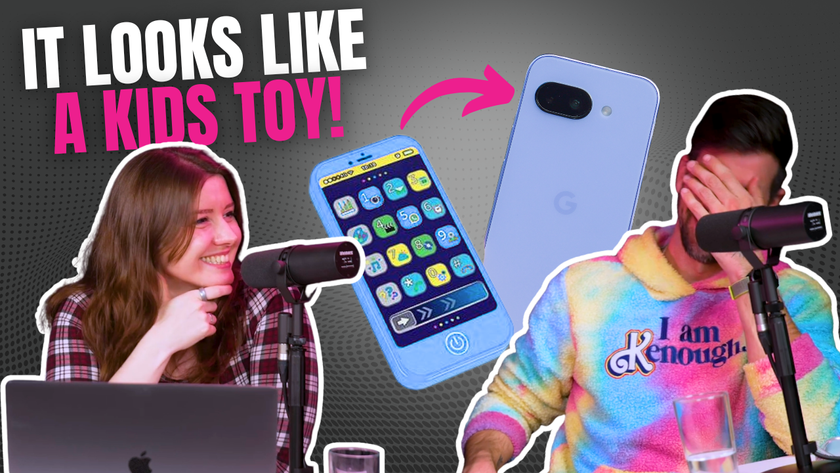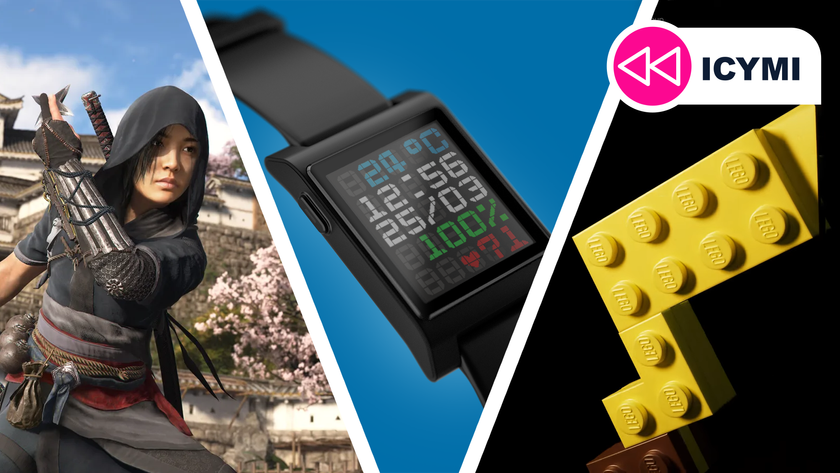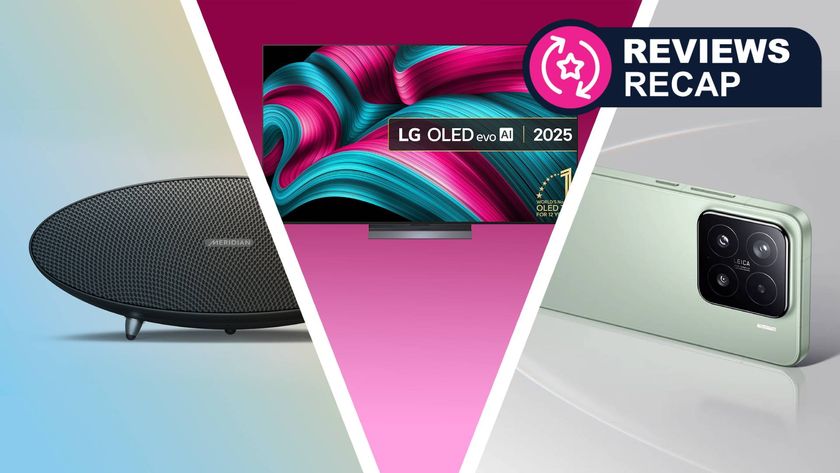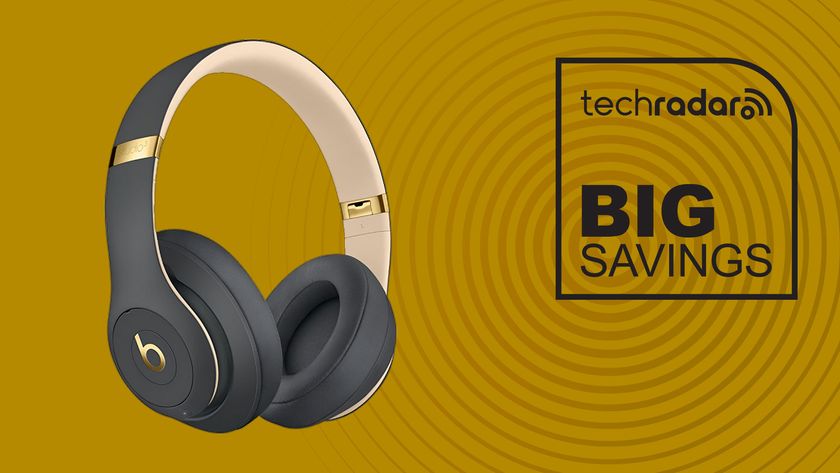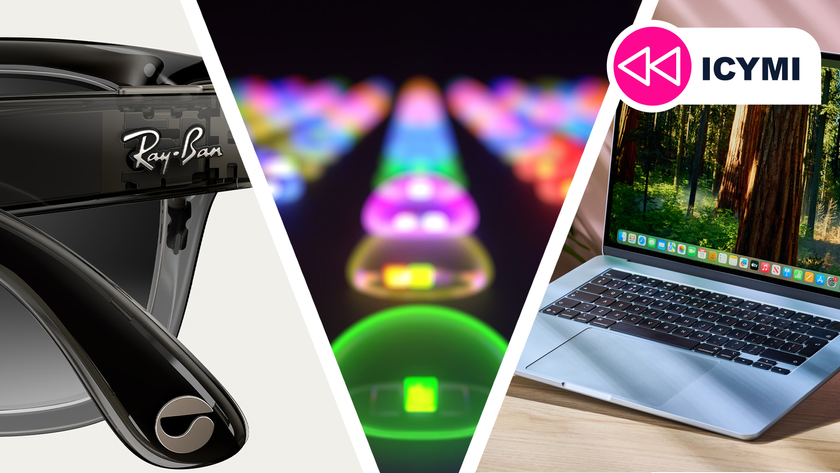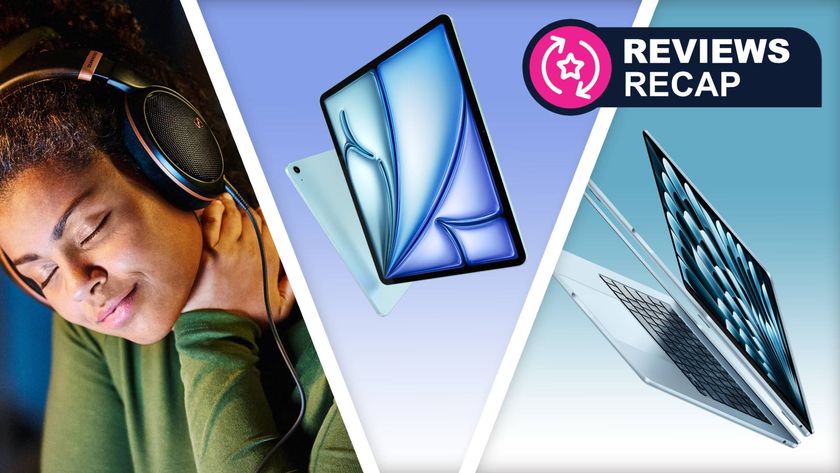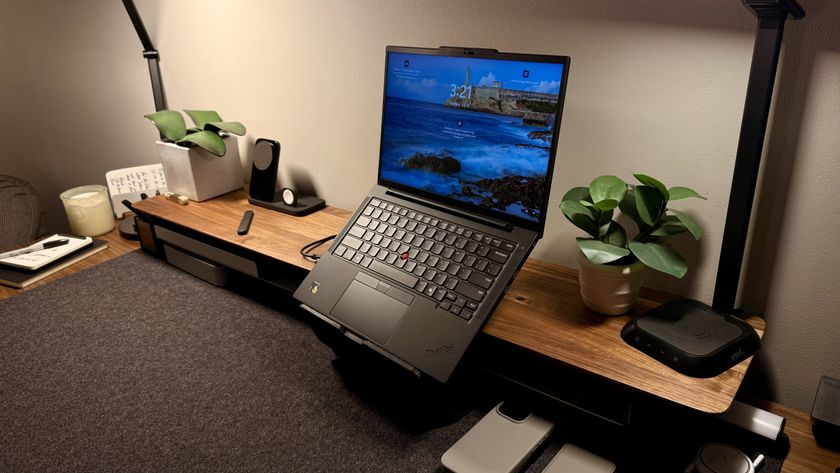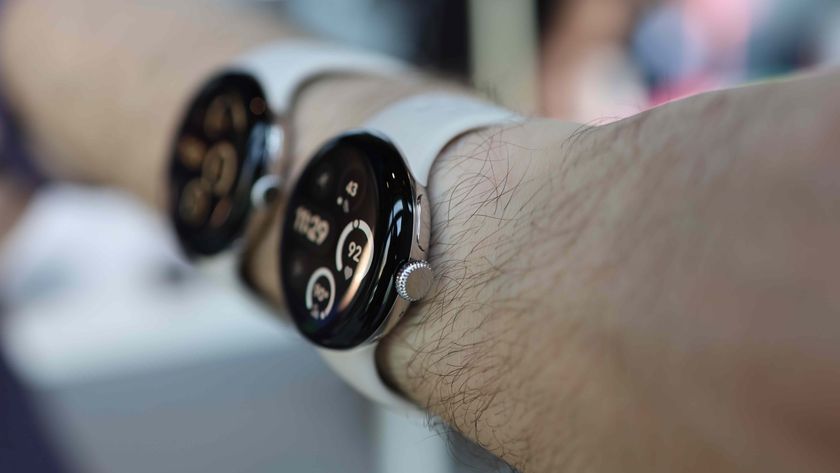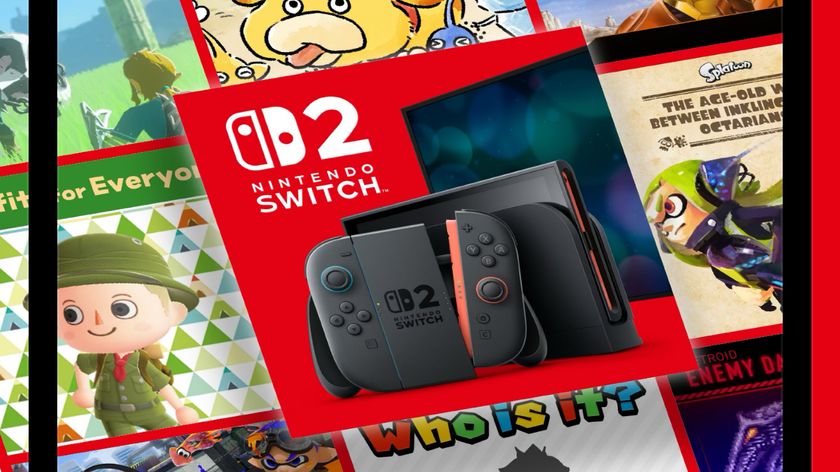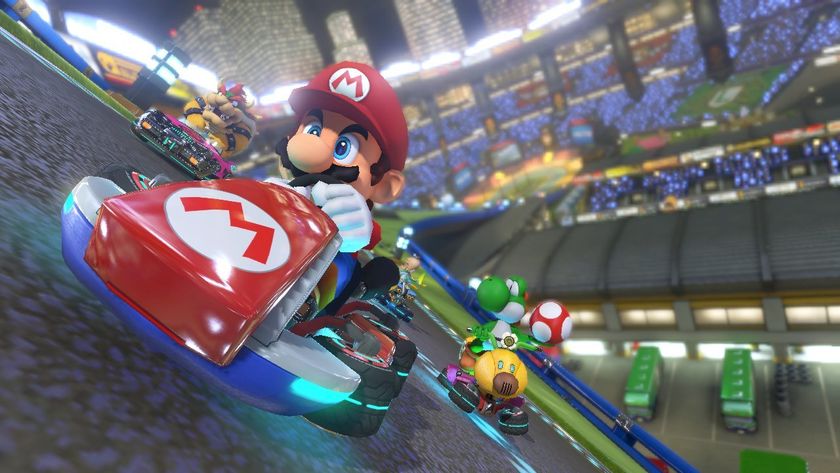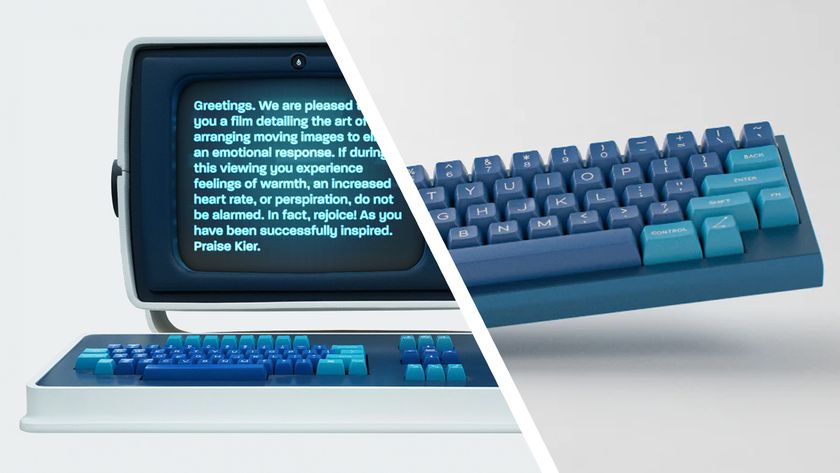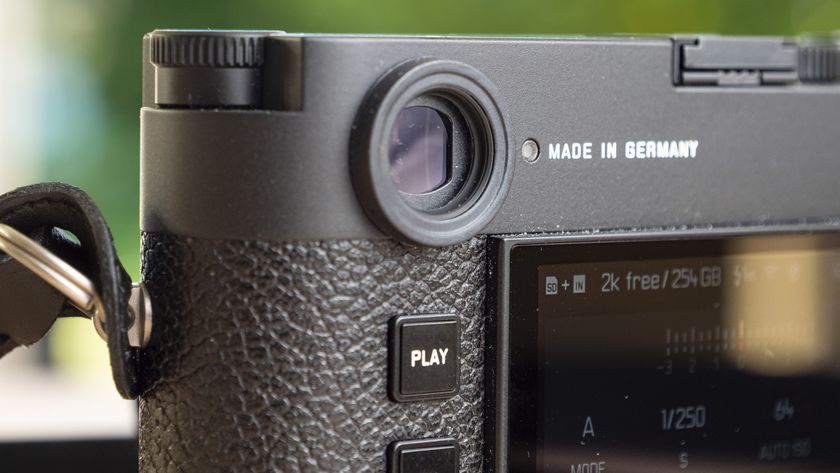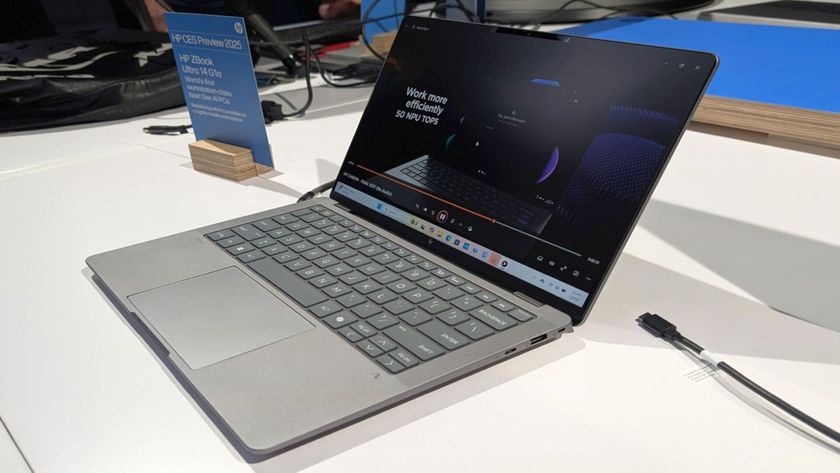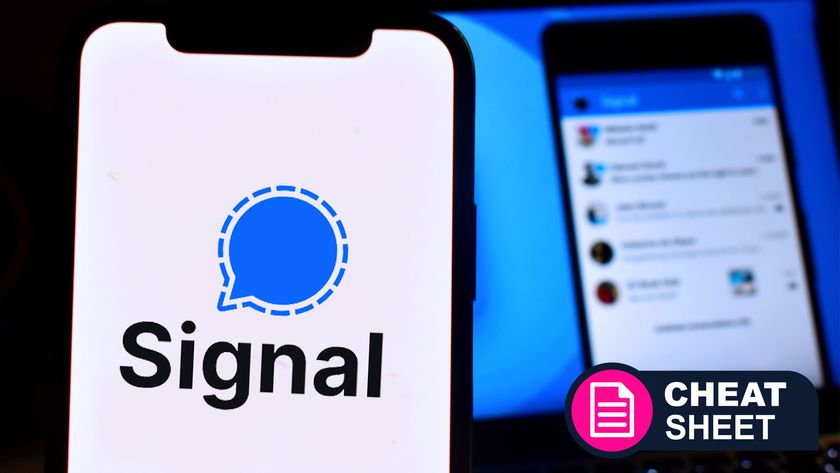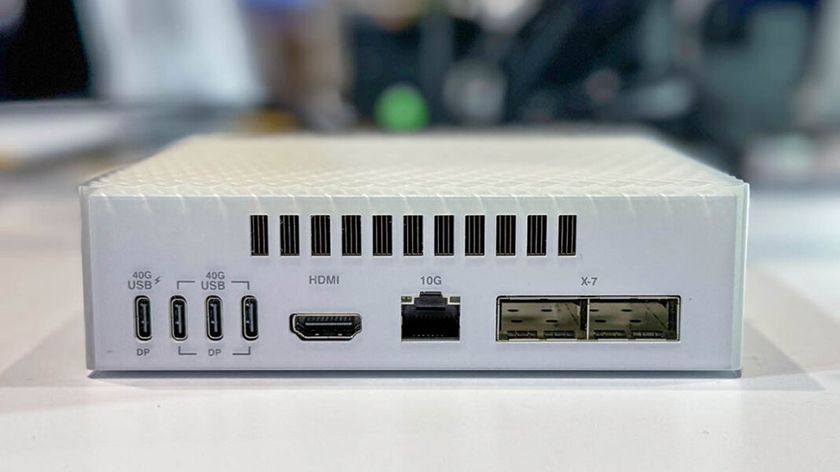How wearables became the key tech trend of 2014
Many people have become inseparable from their technology, so what's the next step for tech you can wear?
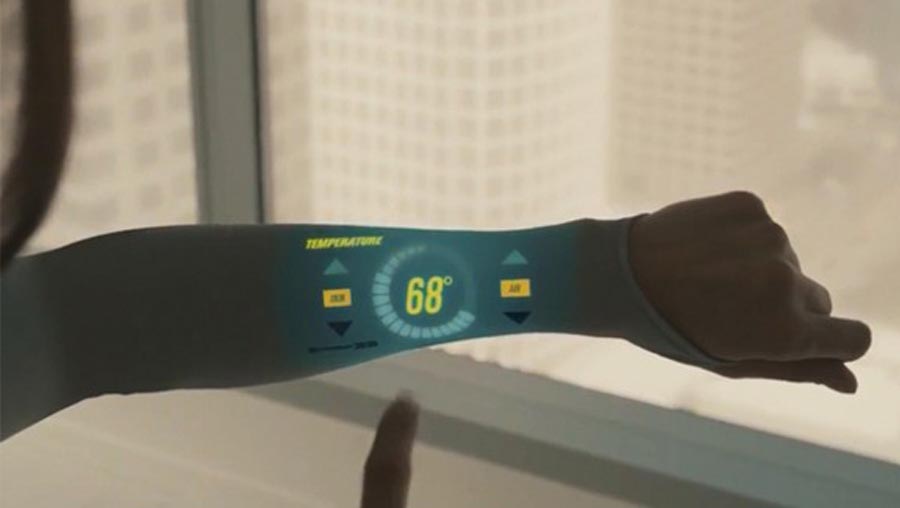
Wearables are now a huge trend - as we saw this week with the announcement of Android Wear.
At Mobile World Congress recently we saw wearable technology from many of the big players, including Samsung's Gear smartwatches and Sony's SmartBand and Core life-tracker. But there were a host of other devices on show from less well-known brands, such as
.
The focus in the current wearable market is clearly on wrist-mounted devices, whether they are smartwatches, fitness bands, or a combination of the two. The future of wearables isn't limited entirely to our wrists however. There are plenty more places on your person that manufacturers are keen to exploit with their latest piece of desirable tech.
Smart Sensors and Glasses
There's already a host of photo-snapping life-loggers available, such as the OMG Life Autographer and the Narrative Clip. They'll take pictures throughout your day and keep a log of your movements to build up a searchable and sharable photographic memory of your day.
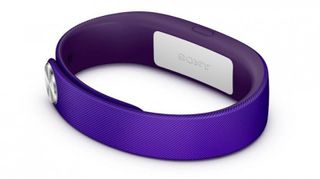
Then there are devices such as the recently announced Sony Core. This waterproof sensor can pair with a camera to keep track of special moments, or a fitness band to give your workout a new dimension.
Get daily insight, inspiration and deals in your inbox
Sign up for breaking news, reviews, opinion, top tech deals, and more.
In fact everything you'd do on a day-to-day basis is represented in Sony's own LifeLog app. It collates other information such as music you've listened to and social media interactions in a colourful playback of your day for you to analyse as well as set targets and challenges.
As well as the much-reported-on Google Glass, the company also revealed plans for smart contact lenses that could be used to help monitor glucose levels in your tears using a miniature sensor embedded between two layers of clear lens. They're also working on tiny LED lights that would indicate the current status of glucose levels.
Look into the future and you'll see through contact lenses with heads-up displays that replicate Google's Glass, but without the need to wear a faintly awkward headset. Its complimentary camera will be a wearable clip that can attach to your clothes as inconspicuously as a tie-clip.
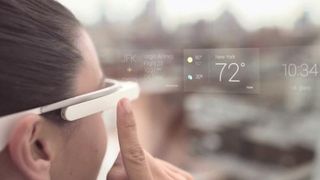
When this point of almost invisible wearable tech is reached, the sector will explode as smartphones did, post-iPhone.
Beyond the current early wearable sensors and glasses, there's scope for manufacturers to collect a whole host of data on the device's owner, which will no doubt allow advertisers to make their marketing efforts even more bespoke, as well as providing a huge number of never previously revealed human statistics.
Tech-woven clothes
While we might be persuaded to wear contact lenses, implanted technology will likely be the preserve of medical applications, at least for the foreseeable future. There's just something a little sinister about placing something unnecessary under your skin.
Our clothes, however, are fair game for a wearable revolution. As printed circuits and chips get smaller, the time is ripe for techy clothing to expand beyond capacitive gloves or headphone-hats.
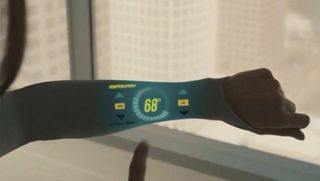
Back in 2008, TechRadar reported on miniature mechanical power plants being developed by the Georgia Institute of Technology. These electricity-generating wires create a charge when stretched and released, and if woven into a pair of trousers, could generate enough electricity to charge wearable sensors or even a smartphone.
We've seen some amazing nano-coating technology from P2i that's already been applied to clothing from Timberland and Kangol. Treated clothing keeps the wearer dry by repelling water, while also making clothing far more breathable. In the future, the technology could spawn clothing that requires much less water to clean, and can contain washable electronic circuitry.
When clothing is able to monitor the local environment and wireless networks, they'll present an incredible opportunity, not just for the health-wise and sporty, but for retailers as well.
